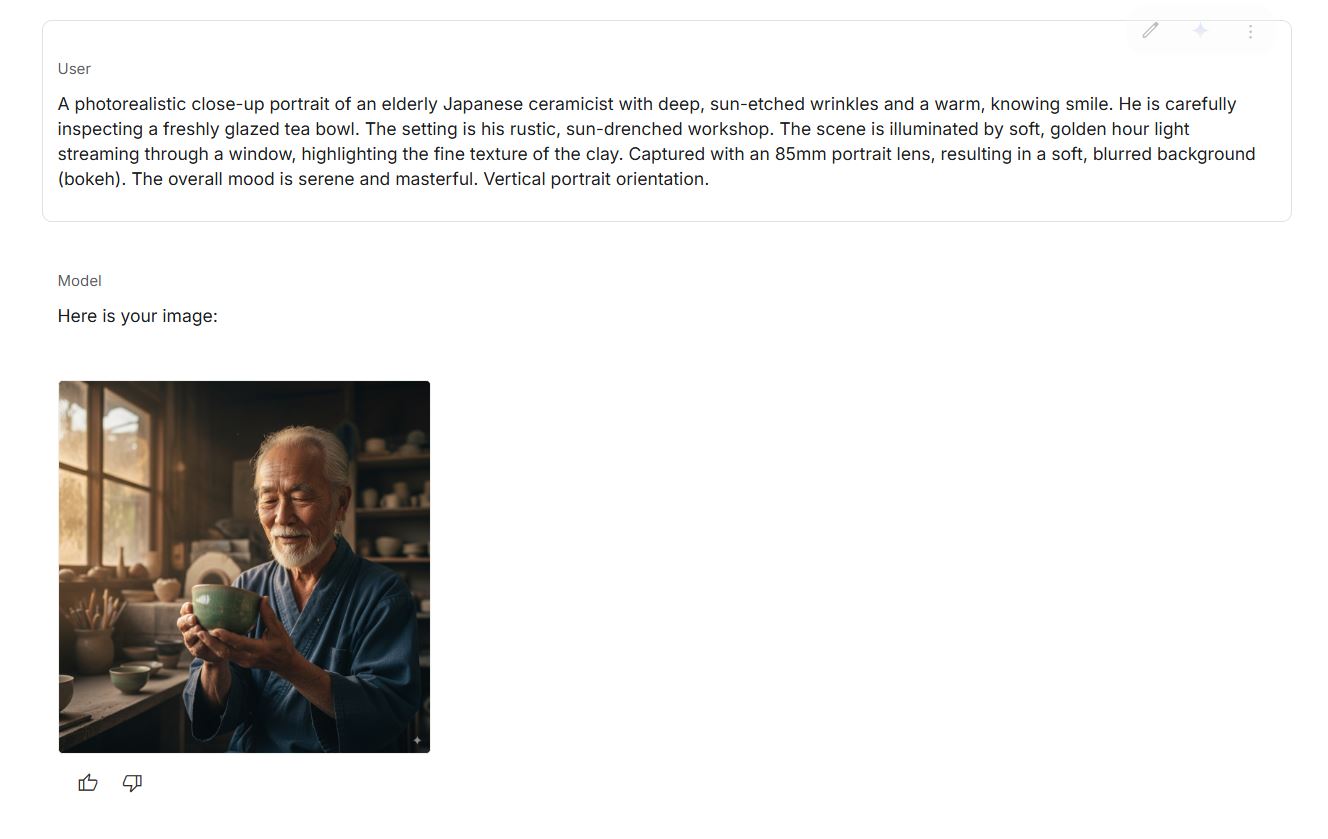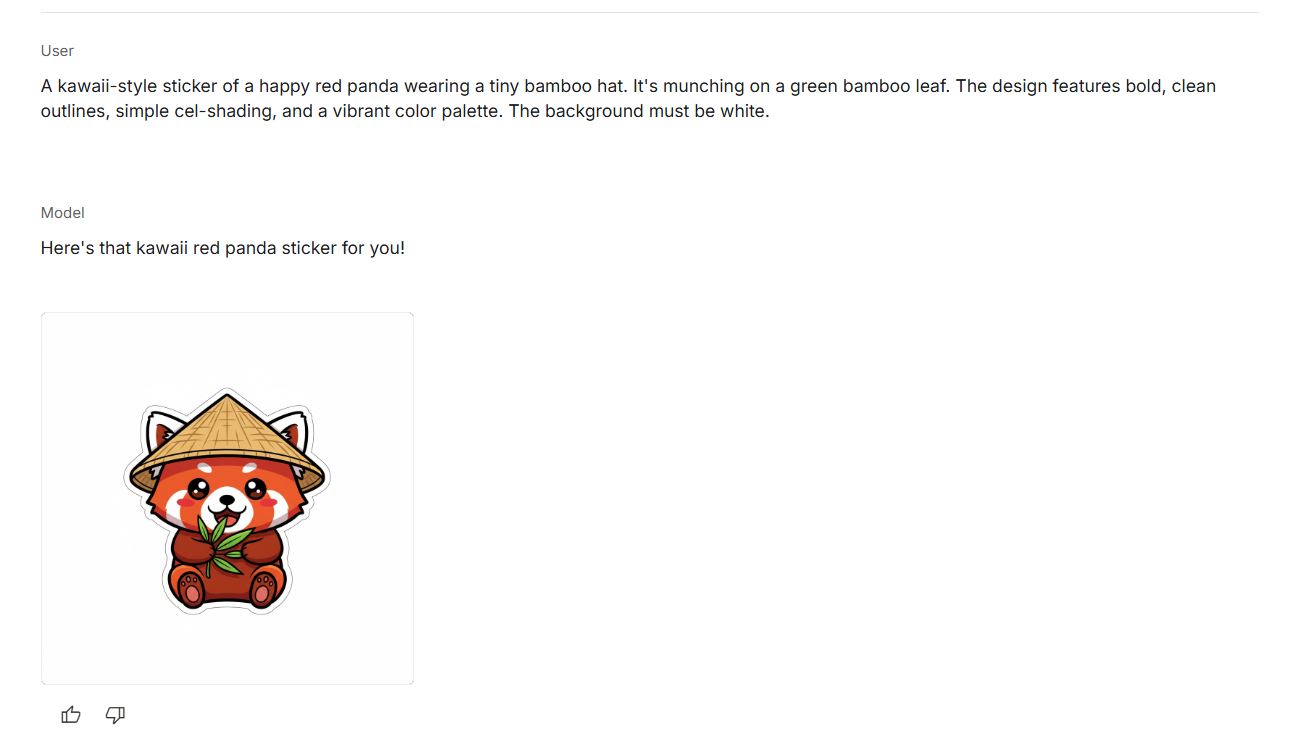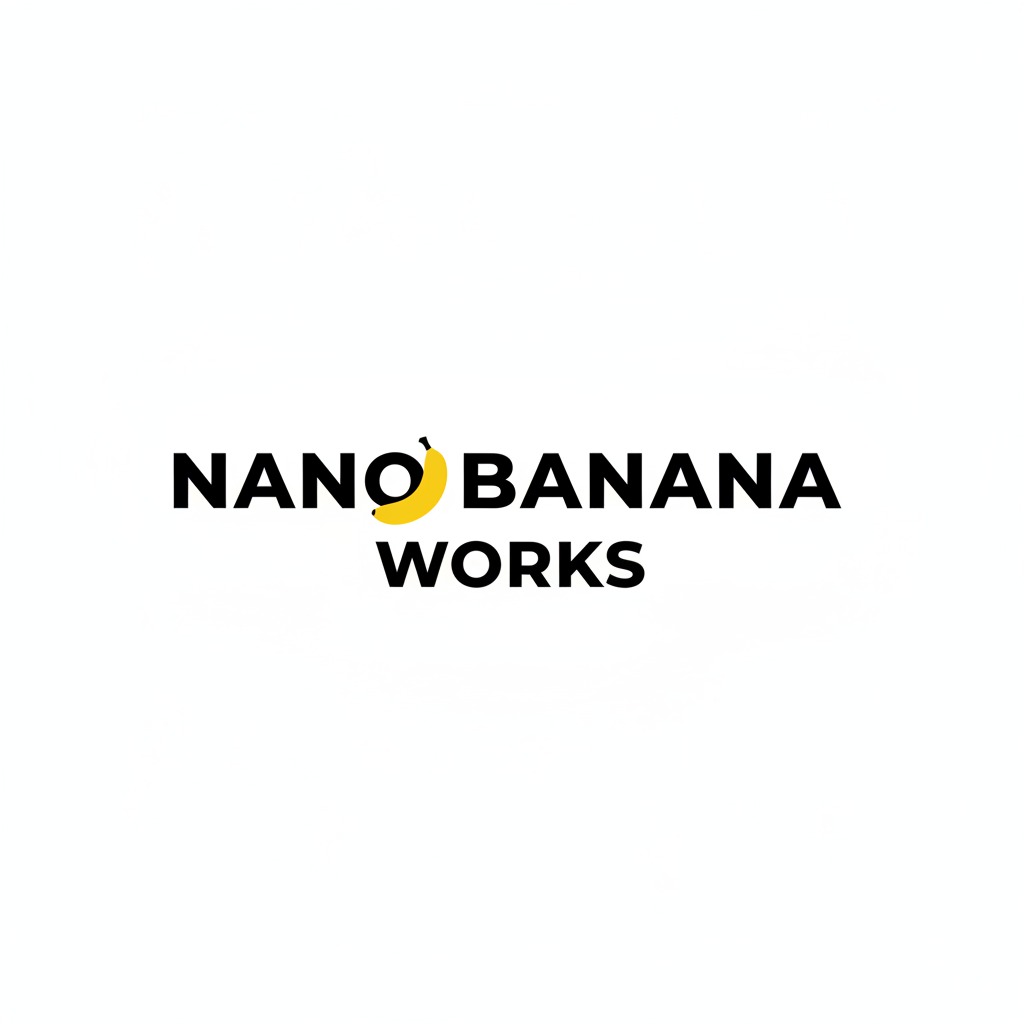As we step deeper into the digital age, the blending of text and images through artificial intelligence (AI) is becoming more seamless, powerful, and efficient. The release of Gemini 2.5 Flash Image, Google’s latest multimodal AI model, marks a significant leap forward in the world of AI-driven creative tools. Gemini 2.5 Flash isn’t just about generating images from text—it’s about fundamentally changing how we interact with visual content. But as impressive as it is, I believe this new technology might spark new conversations on platforms like Nanobanana—an online community and creative outlet pushing boundaries on how we share and experience AI-generated art.

Example of a photorealistic image generated using Gemini 2.5 Flash Image.
Gemini 2.5 Flash Image: A Game Changer
Gemini 2.5 Flash represents the pinnacle of multimodal AI technology. For those unfamiliar with the term, “multimodal” refers to the ability of a model to process more than one type of data simultaneously—in this case, text and images. What sets Gemini 2.5 Flash apart is its ability to generate complex, high-quality visuals based on detailed textual prompts, but it goes beyond just creating one-off images. It can refine images iteratively, composite multiple elements, and even transfer styles between images—all within a single interface.
Here’s a real-world example prompt that illustrates the power of Gemini 2.5 Flash in generating photorealistic images:
Example prompt:
A photorealistic close-up portrait of an elderly Japanese ceramicist with deep, sun-etched wrinkles and a warm, knowing smile. He is carefully inspecting a freshly glazed tea bowl. The setting is his rustic, sun-drenched workshop. The scene is illuminated by soft, golden hour light streaming through a window, highlighting the fine texture of the clay. Captured with an 85mm portrait lens, resulting in a soft, blurred background (bokeh). The overall mood is serene and masterful. Vertical portrait orientation.

Such a detailed prompt can lead to the creation of a striking and realistic portrait, fully aligned with the scene you’ve envisioned. The ability to specify elements like camera angles, lighting, and mood is a game changer for artists and designers looking to add depth and clarity to their visual content.
Nanobanana: A Community or a Gateway for AI-Generated Art?
At the same time, as we witness these advancements in AI-generated art through tools like Gemini 2.5 Flash, another platform, Nanobanana, stands out as a fascinating player in the creative AI space. Nanobanana is an online community that aims to bring together artists, designers, and hobbyists interested in AI art. Unlike more traditional social media or portfolio platforms, Nanobanana embraces the fusion of human creativity and AI, providing a space where people can share their AI-assisted creations.
What stands out about Nanobanana is its ethos of experimentation. While many platforms focus on polished, final products, Nanobanana encourages its users to explore the iterative process of art creation. This is where I believe Gemini 2.5 Flash truly shines. It’s not just about the final image—it’s about the conversation around the image. The ability to refine an image step-by-step, adjust colors, change lighting, or even manipulate facial expressions through iterative dialogue aligns perfectly with Nanobanana’s mission of fostering creativity through continuous exploration.
Here’s an example where iterative refinement can be used on Gemini 2.5 Flash to adjust and enhance an image progressively:
Example prompt:
“That’s great, but can you make the lighting a bit warmer?”
This prompt allows the user to refine the image over multiple iterations, improving the details as they go. It showcases how Gemini 2.5 Flash doesn’t simply generate a static image, but facilitates an ongoing conversation that lets creators make real-time changes, achieving exactly what they have in mind.
 Example of iterative image refinement, where small adjustments are made to an AI-generated portrait.
Example of iterative image refinement, where small adjustments are made to an AI-generated portrait.
Nanobanana’s community thrives on diversity of thought and approach. Many of its users share experiments, unfinished works, or process shots—often using AI tools like Gemini 2.5 Flash to push their creative limits. It’s a space where users can collaborate, critique, and evolve their ideas, making it a fertile ground for innovation. I find that the combination of Gemini’s AI capabilities and Nanobanana’s creative ecosystem creates a unique synergy—one where AI isn’t just a tool but a partner in the creative process.
The New Role of AI in the Creative Industry
The integration of Gemini 2.5 Flash into platforms like Nanobanana suggests a paradigm shift in the creative process. Historically, the role of an artist or designer was defined by a mastery of specific skills and tools, often requiring years of training. However, with AI models like Gemini, the definition of an artist is evolving. AI allows anyone with a vision to generate powerful, complex visuals, regardless of their skill level.
Example prompt:
A minimalist composition featuring a single, delicate red maple leaf positioned in the bottom-right of the frame. The background is a vast, empty off-white canvas, creating significant negative space for text. Soft, diffused lighting from the top left. Square image.
This simple yet effective prompt could easily be used to generate a beautifully clean, minimalistic image ideal for presentation or branding. Gemini 2.5 Flash can give you that extra edge by allowing you to specify exactly what you want, from composition to color tones.
 Example of a minimalist design generated by Gemini 2.5 Flash: Red maple leaf on a white background.
Example of a minimalist design generated by Gemini 2.5 Flash: Red maple leaf on a white background.
Of course, this raises questions about the role of traditional artists. If an AI can produce highly sophisticated artwork, does that mean human artists will be displaced? I don’t think so. In fact, I believe that AI tools like Gemini will become essential aids for creative professionals, empowering them to focus on ideation and innovation rather than repetitive or technical tasks.
Example prompt:
A kawaii-style sticker of a happy red panda wearing a tiny bamboo hat. It’s munching on a green bamboo leaf. The design features bold, clean outlines, simple cel-shading, and a vibrant color palette. The background must be white.

Artists will still be crucial for their conceptual thinking, storytelling, and emotional connection to the work. But AI will become an ally—a collaborator rather than a competitor. It’s like giving every artist access to an advanced virtual assistant that can help them realize their ideas faster and with more flexibility than ever before.
The Dark Side of AI-Generated Art
Despite the vast potential of Gemini 2.5 Flash, there are concerns that accompany its rise. One of the most pressing issues is the authenticity of AI-generated art. With AI becoming capable of creating lifelike images that mimic real artists’ styles, where do we draw the line between genuine artistic expression and machine-made imitations?
Nanobanana, for example, has fostered a rich discussion around this issue. Some members argue that AI-generated content shouldn’t be considered “real art” unless it involves substantial human input. Others, however, see AI as just another tool—like a paintbrush or a camera—where the value lies in how the artist uses it. This debate is ongoing, and it will likely become more pronounced as AI tools like Gemini become more mainstream.
There’s also the issue of intellectual property and copyright. As more AI-generated artworks flood platforms, the lines between original works and derivative pieces blur. Who owns an image created by Gemini 2.5 Flash, especially if it’s inspired by a specific artist’s style or existing visual trends?
These are complex questions with no easy answers, but they are worth exploring as AI becomes an increasingly central figure in the world of art and design.

Conclusion: The Future of AI and Creativity
As we look toward the future, the question is not whether tools like Gemini 2.5 Flash will change the way we create art, but rather how we will adapt to and integrate these tools into our creative workflows. Platforms like Nanobanana are already leading the charge in terms of fostering an open, experimental environment for AI-assisted creativity.
While AI-generated art might never replace the emotional and conceptual depth that human artists bring to their work, it is clear that Gemini 2.5 Flash and similar tools will revolutionize the way we generate, refine, and collaborate on creative projects. The future of AI in the creative industry isn’t about replacing humans—it’s about augmenting our abilities and expanding what we can achieve.
So whether you’re using Gemini 2.5 Flash to create photorealistic images, experimenting with iterative design on Nanobanana, or using AI in other creative ways, one thing is certain: the lines between human and machine-made creativity are blurring, and the possibilities are only just beginning.

Ready to Dive Into AI Creativity?
Now that you’ve discovered the potential of Gemini 2.5 Flash and platforms like Nanobanana, it’s time to take the next step. Why not start experimenting with your own AI-generated art? Create, refine, and transform your images in ways you never thought possible.
What’s your next AI art project? Ready to give it a try? Head over to Google AI Studio and start experimenting with Gemini 2.5 Flash today!
